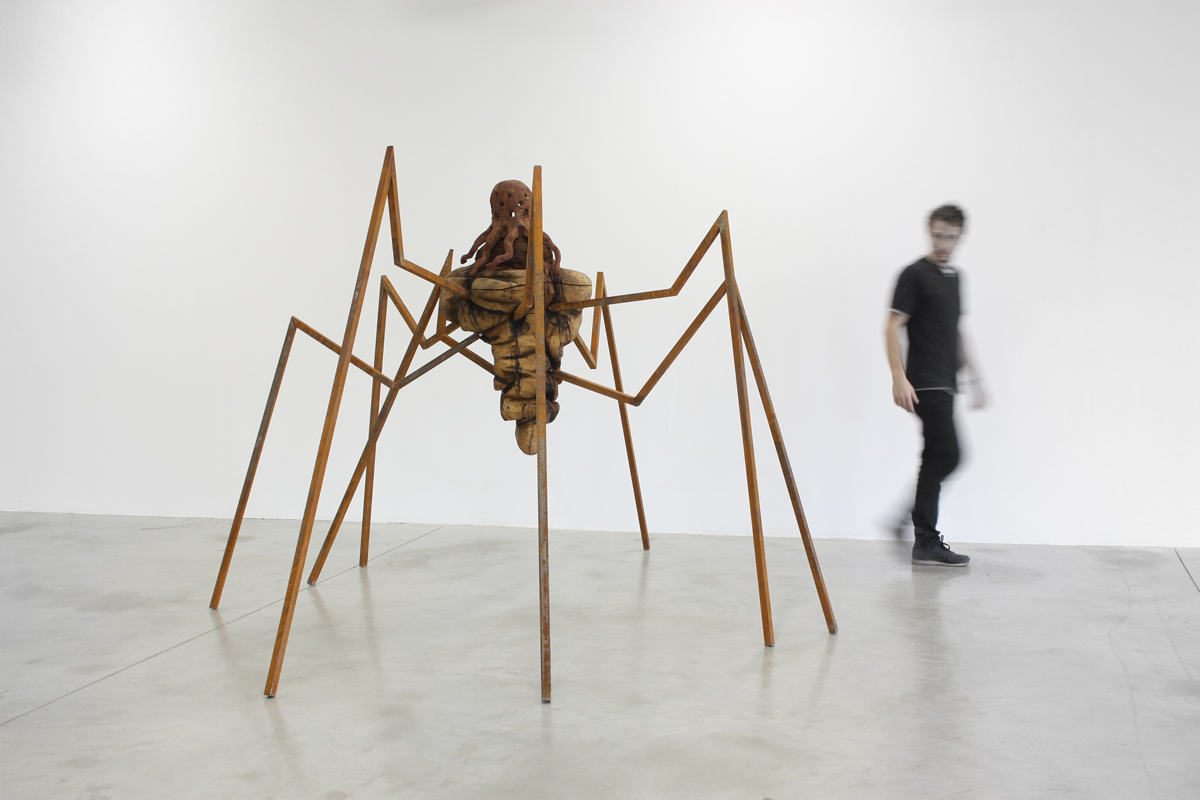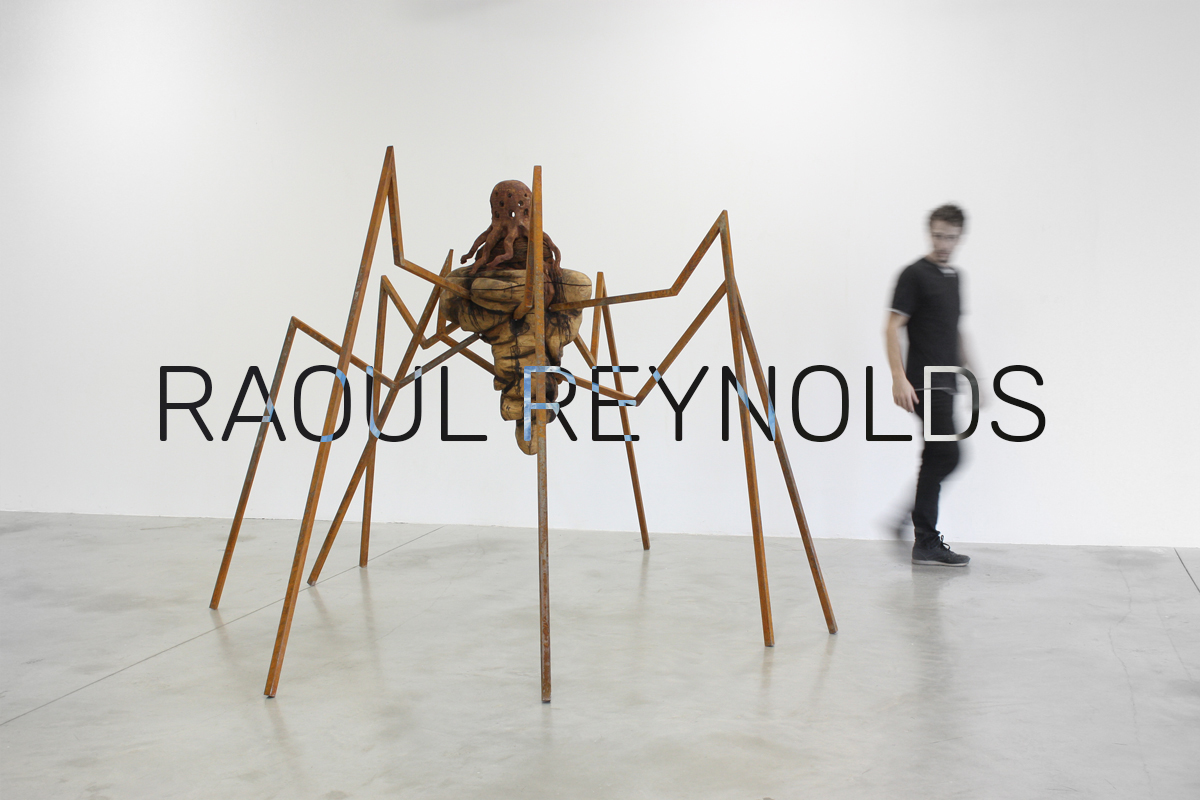|
Raul Reynolds
(n. 1882 à Glasgow en Ecosse)
Fils d'un armateur écossais et d'une mère marseillaise, artiste - Raoul Reynolds grandit au milieu d'ingénieurs et artistes réunis dans le salon de ses parents. Nourri par ces premières relations, son éducation à la Glasgow School of Art et l'influence de figures telles que Francis Newbery ou Charles Rennie Mackintosh, son œuvre du début du XXème siècle développe une forte orientation ArtsCraft.
Dans les années 1920, à Paris, Reynolds se laisse inspirer par ses amitiés surréalistes. S'intéressant à l'inconscient et à l’occultisme, il expérimente avec la caméra et produit des photographies et des vidéos.
La fin des années 1930 voit plusieurs Surréalistes s'embarquer pour les Etats Unis, fuyant l'occupation allemande. Reynolds reste en France et s'enrôle au service du Special Operations Executive britannique dans une mission qui se termine avec le vol de documents industriels en Allemagne.
La réussite de la mission amène Reynolds à s'exiler dans la campagne reculée et solitaire du Vermont, aux Etats-Unis. Ici, il simplifie son geste artistique, sculptant le bois avec des outils de la vie quotidienne.
Au lendemain de la guerre, il réintègre la communauté artistique. Marqué par ses précédentes tribulations et inspirations artistiques, le travail de Reynolds – jusqu'à sa mort en 1969 – alliera l'expérimentation de nouveaux matériaux – résine, fibre de verre, plexiglas – avec un geste sculptural et des techniques plus simples.—
|
|
|
(b. 1882 in Glasgow, Scotland)
Son of a Scottish shipowner and a Marseilles woman artist, Raoul Reynolds grew up amidst engineers and artists gathered in his parents’ living room. Fueled with those primary encounters, his education at the Glasgow School of Art, and the influence of major figures such as Francis Newbery or Charles Rennie Mackintosh—he developed at the beginning of the 20th century an ArtsCraft practice. In the 1920’s, in Paris, Reynolds let his Surrealists friends influence his work. Interested both in the unconscious and occultism, he made experimental films and photographs.
At the end of the 1930’s, many Surrealists sailed for the US, fleeing the German occupation. Reynolds stayed in France and joined the British Special Operations Executive for a mission that would end with the theft of industrial documents in Germany.
Once the mission accomplished, Reynolds exiled in Vermont’s remote and solitary countryside.
There, he simplified his practice by sculpting wood with everyday life tools.
Right after the war, he got back in the artistic community. Marked by his previous travels and artistic influences, Reynolds’ work—until his death in 1969—would mix the use of new materials such as resin, fiberglass, and plexiglas with a sculptural gesture and simpler techniques.
—
|

